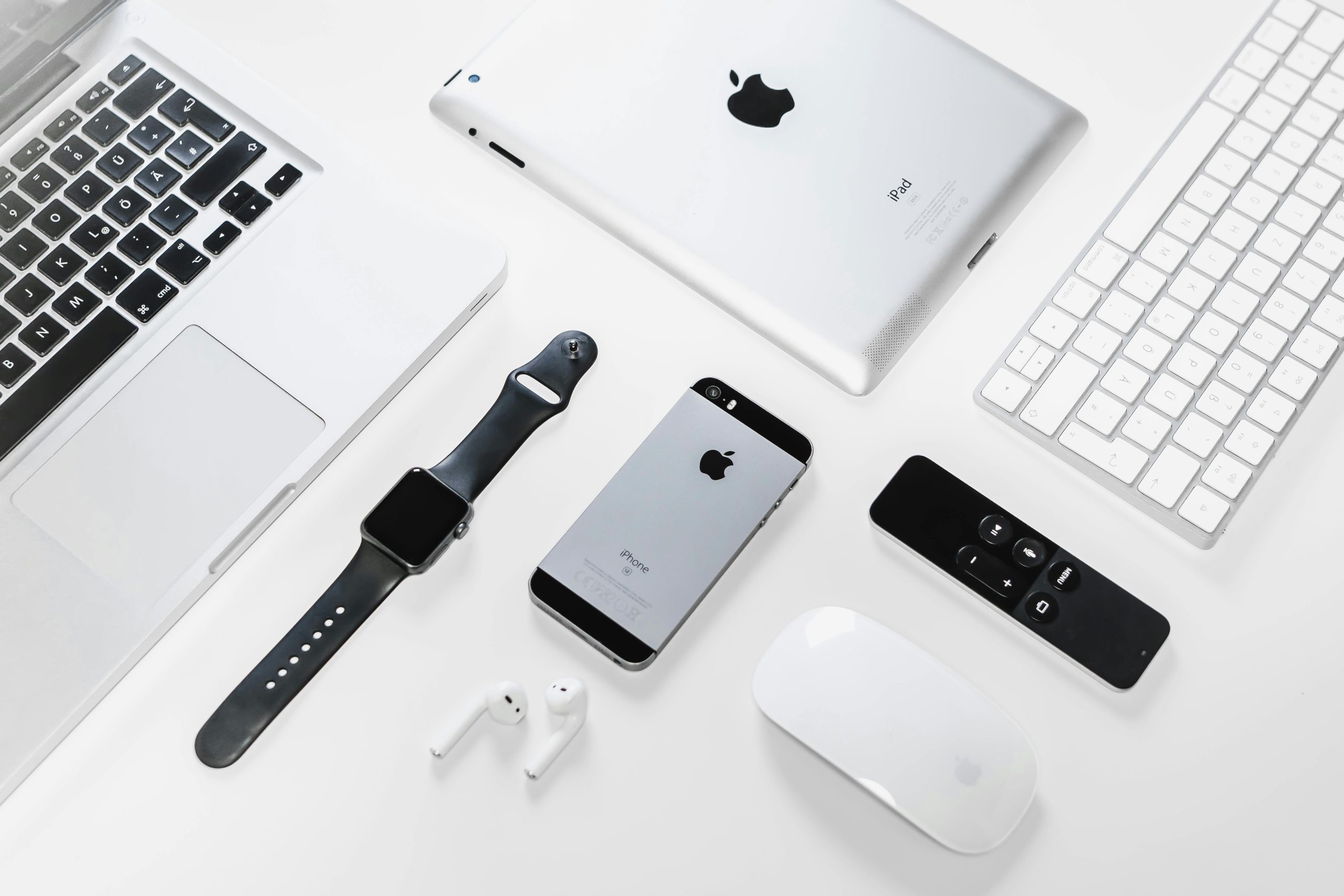How to Update Your Old iPad: A Comprehensive Guide

Keeping your iPad updated with the latest software is crucial for security, performance, and accessing new features. While newer iPads seamlessly receive the latest operating system versions, older models may have limitations. This guide will walk you through the process of updating your older iPad, including how to check compatibility, prepare your device, and troubleshoot common issues.
Understanding iPadOS Compatibility
Apple regularly releases new versions of its operating system, currently known as iPadOS. However, not all iPad models are compatible with every new release. Older iPads, due to their hardware limitations, may only support older versions of iPadOS or may not be eligible for the latest updates at all.
Checking Your iPad Model
Before attempting an update, it’s essential to identify your specific iPad model. This will help you determine which iPadOS versions your device can support.
Method 1: Using the Settings App
- Open the Settings app on your iPad.
- Navigate to General.
- Tap on About.
- Look for the Model Name. This will display the specific name of your iPad, such as “iPad Air (3rd generation)” or “iPad mini (5th generation)”.
Method 2: Checking the Back of Your iPad
The model number is often printed on the back of your iPad, usually near the bottom, beneath the word “iPad”. This model number typically starts with an “A” followed by four digits (e.g., A1893).
Once you have your model number, you can cross-reference it with Apple’s official documentation or reliable tech websites to confirm your exact model and its compatibility with different iPadOS versions.
Determining iPadOS Compatibility
As of late 2024 and early 2025, the latest major release is iPadOS 18. However, older models have varying levels of support:
- iPad mini: The original iPad mini supports up to iOS 9. The iPad mini 2 and 3 support up to iOS 12. The iPad mini 4 supports up to iPadOS 15. Newer models like the iPad mini 5 and 6 support the latest iPadOS versions.
- iPad Air: The original iPad Air and iPad Air 2 support up to iOS 12. Newer iPad Air models are compatible with later iPadOS versions. The iPad Air 2, for instance, will not receive iPadOS 16 and beyond, though it continues to receive security updates.
- Standard iPads: Older models like the iPad (6th generation) may not be compatible with the latest iPadOS versions, such as iPadOS 17 or 18. For example, the iPad (6th generation) is not compatible with iPadOS 17 due to its A10 Fusion chip and 2GB of RAM. The iPad (8th generation) and later models are generally compatible with newer iPadOS versions.
- iPad Pro: Most iPad Pro models, especially those released from 2018 onwards, are compatible with the latest iPadOS versions.
It’s important to note that even if an older iPad is compatible with a newer iPadOS version, it might not support all the new features introduced in that update.
Preparing Your iPad for an Update
Before you begin the update process, it’s crucial to prepare your iPad to ensure a smooth and successful installation.
1. Back Up Your Data
A backup is essential in case anything goes wrong during the update process. This ensures that your important data, such as photos, documents, and app data, is safe.
Option A: iCloud Backup
- Ensure your iPad is connected to Wi-Fi.
- Go to Settings > [Your Name] > iCloud.
- Tap on iCloud Backup.
- Make sure iCloud Backup is turned on.
- Tap Back Up Now. Wait for the backup to complete.
Option B: Computer Backup (Finder or iTunes)
- Connect your iPad to your Mac or PC using a Lightning or USB-C cable.
- On a Mac with macOS Catalina 10.15 or later: Open Finder, select your iPad in the sidebar, go to the General tab, and click Back Up Now.
- On a Mac with macOS Mojave 10.14 or earlier, or on a PC: Open iTunes, locate your iPad, and click Back Up Now.
2. Ensure Sufficient Storage Space
Software updates require a certain amount of free storage space to download and install. If your iPad is low on storage, the update may fail.
- Go to Settings > General > iPad Storage.
- This screen will show you how much storage is used and provide recommendations for freeing up space, such as offloading unused apps or optimizing photos.
- Consider deleting unused apps, offloading apps (which removes the app but keeps its data), or moving photos and videos to iCloud or a computer.
- Generally, it’s recommended to have at least 10-15% of your total storage space free for updates.
3. Connect to a Stable Wi-Fi Network
A stable and strong Wi-Fi connection is crucial for downloading the update files. A weak or intermittent connection can cause the download to fail or take an excessively long time.
- Ensure you are connected to a reliable Wi-Fi network.
- If you are experiencing issues, try restarting your Wi-Fi router by unplugging it for a minute and plugging it back in.
4. Charge Your iPad
It’s vital to ensure your iPad has enough battery power to complete the update. An update can take a significant amount of time, and if the battery drains completely, it could interrupt the process and potentially cause issues.
- Connect your iPad to a power source or ensure it has at least 50% battery charge before starting the update.
How to Update Your iPad
Once your iPad is prepared, you can proceed with the update.
Method 1: Over-the-Air (OTA) Update
This is the most common and straightforward method.
- Go to Settings > General > Software Update.
- Your iPad will check for available updates.
- If an update is available, you will see an option to Download and Install.
- Tap Download and Install. You may be prompted to enter your passcode.
- Follow the on-screen instructions. Your iPad may restart during the process.
Method 2: Updating via a Computer (Finder or iTunes)
If you encounter issues with the OTA update or prefer using a computer, you can update your iPad this way.
- Connect your iPad to your Mac or PC using a USB cable.
- On a Mac with macOS Catalina 10.15 or later: Open Finder, select your iPad in the sidebar, go to the General tab, and click Check for Update. If an update is available, click Update.
- On a Mac with macOS Mojave 10.14 or earlier, or on a PC: Open iTunes, locate your iPad, click General or Settings, and then click Check for Update. Click Download and Update.
- You may be asked to enter your passcode.
Troubleshooting Common Update Issues
Sometimes, the update process doesn’t go as smoothly as expected. Here are some common issues and their solutions:
Issue: “Unable to Check for Update” or “Unable to Verify Update”
- Check Apple’s Server Status: This error can occur if Apple’s servers are overloaded, especially when a new update is released. You can check Apple’s system status page to see if there are any ongoing issues.
- Check Your Internet Connection: Ensure your Wi-Fi connection is stable. Try resetting your network settings (Settings > General > Reset > Reset Network Settings) and reconnecting to your Wi-Fi network.
- Restart Your iPad: A simple restart can often resolve temporary glitches. Turn your iPad off and then back on again.
Issue: Update Download Stuck or Taking Too Long
- Check Your Wi-Fi: A weak connection is the most common culprit. Try moving closer to your router or restarting it.
- Free Up More Space: Even if you think you have enough space, try freeing up a bit more. Sometimes the update requires more temporary space than initially indicated.
- Cancel and Re-download: If the download seems stuck, you can try canceling it and starting the download again.
Issue: Update Failed or Installation Errors
- Delete the Update File and Re-download: If the update file itself is corrupted, deleting it and re-downloading can help. Go to Settings > General > iPad Storage, tap on the update file, and select Delete Update. Then, try downloading it again.
- Restart Your iPad: As mentioned earlier, a restart can resolve many issues.
- Update via Computer: If OTA updates are failing, try updating using Finder or iTunes.
- Reset All Settings: This can resolve deeper software conflicts without erasing your data. Go to Settings > General > Reset > Reset All Settings. Note that you will need to re-enter Wi-Fi passwords and other settings.
- DFU Mode Restore (Advanced): In rare cases, a Device Firmware Update (DFU) mode restore might be necessary. This is a more advanced troubleshooting step that erases all software and reinstalls it. It’s recommended to back up your data before attempting this and to proceed with caution.
Conclusion
Updating your old iPad might require a bit more attention to compatibility and preparation, but it’s a worthwhile process to keep your device secure and functional. By following these steps, you can successfully update your iPad and continue to enjoy its features for as long as possible.









